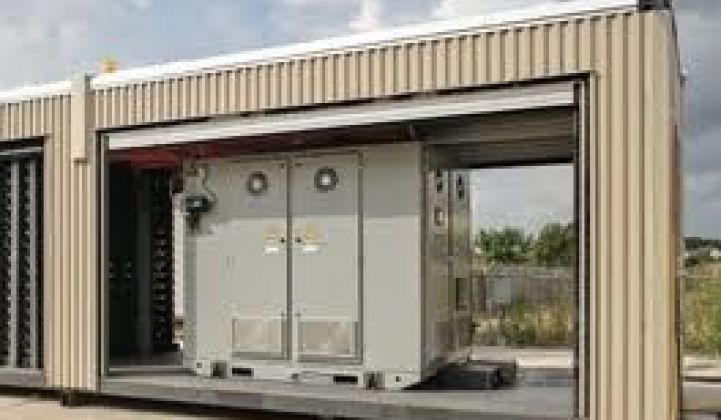The new round consists of debt and options or warrants to acquire shares in the Kyle, Texas-based startup, and includes nine unnamed investors, according to the filing. Previous investors in the company include Sail Venture Partners, Bessemer Venture Partners, Dow Chemical, Fluor, Dominion Power, Spring Ventures, BP and Posco.
Xtreme has raised a bit more than $50 million since its 2004 founding, including a $29 million Series C round in 2010, a $5 million Series B round in 2009 and a $2 million Texas state grant in 2007, according to the company’s website. The company didn’t disclose details about the funding.
Xtreme has deployed batteries to back up wind power projects in Hawaii, Texas and Alaska, as well as smaller-scale projects backing up community solar power in Texas and others. The company had 55 megawatts of systems under contract and 22 megawatts installed as of April, as compared to such lithium-ion grid battery competitors as A123, which has more than 100 megawatts of grid-scale energy storage systems installed.
Xtreme says its solid-state battery chemistry, derived from technology originally developed by Ford Aerospace in the 1990s, can compete with lithium-ion in terms of energy and power density, while using dry materials that sit like stacked bricks in operations centers.
They're also inert, meaning they’re not subject to fires or explosions, and run at room temperature, Xtreme says. That’s important, in comparison to highly volatile lithium-ion chemistries, as well as the high-temperature sodium sulfur batteries made by Japan’s NGK that make up the lion’s share of grid batteries deployed today.
Of course, batteries are still an expensive way to store grid power, compared to the old standbys of pumped hydro power. That limits their use to certain niches where their high costs are outweighed by high power prices, or where they're forestalling even more expensive infrastructure upgrades. The increase in wind and solar power, which is intermittent in nature, could drive adoption of more energy storage in the coming years.
Other big companies deploying grid-scale batteries of a variety of chemistries include Johnson Controls, Saft and General Electric, as well as Japanese giants like Mitsubishi, Hitachi and Panasonic. Panasonic just announced a partnership with Siemens to supply lithium-ion batteries that are backing up a Southern European power grid, for example.
South Korea’s LG Chem is also deploying lithium-ion grid batteries for partners like Swiss grid giant ABB and utility Southern California Edison. Chinese automaker BYD has unveiled a 36-megawatt solar and wind-power storage project in China. Coda Automotive, the electric vehicle startup building its cars in China for U.S. markets, has also launched a grid storage business.



